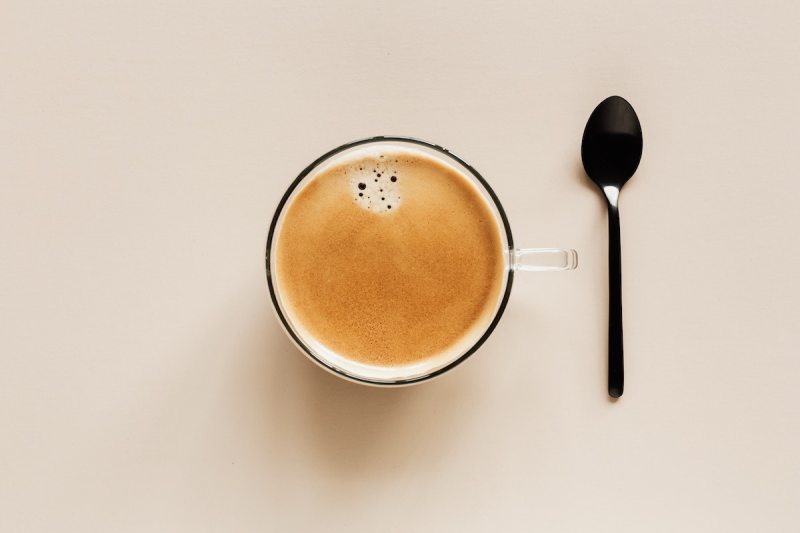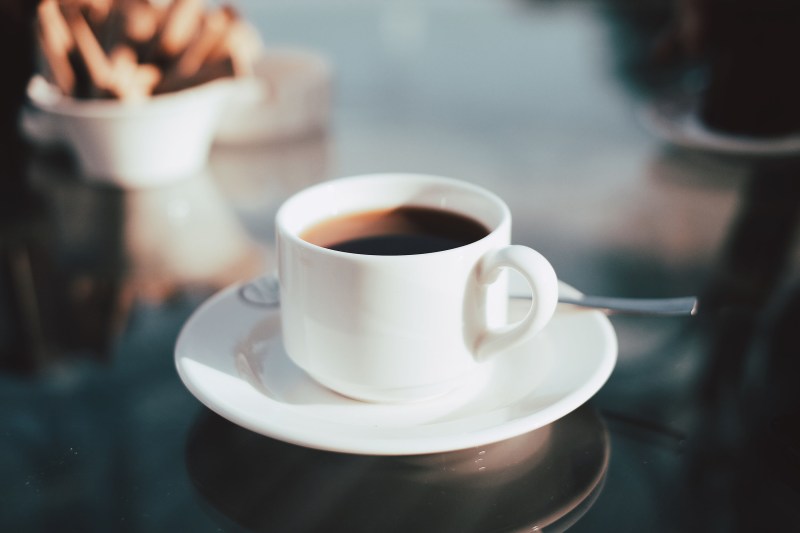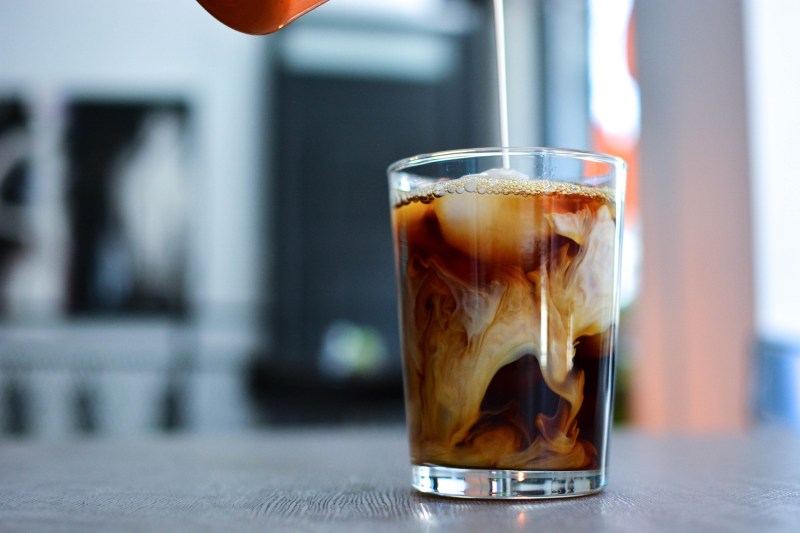
The perfect cup of coffee is an elusive thing. What kind of coffee beans should you use? Which brewing method is best? How long should you let it brew? Even when you think you’ve made the ideal batch, it’s a constant battle to keep it at the right temperature.
But in the quest to create the perfect cup of joe, it seems that most people ignore one of the most crucial factors: the cup itself. That’s right; according to recent research, the type of coffee cup you drink from can impact how you experience the beverage’s flavor and aroma.

It’s what’s on the outside that counts
If you’re like most people, you probably don’t put much thought into picking out a mug for your morning cup of joe. As long as it’s clean and within reach, it’s good enough, right? Well, it may be time to rethink what you pour your coffee into.
According to a 2018 study published in the Journal of Food Quality and Preference, the type of coffee mug you use impacts how you perceive the flavor. The study asked coffee experts and amateurs attending a specialty coffee event to taste samples from three different shaped mugs. Then, they were asked to rate their experience based on aroma, acidity, sweetness, and how much they liked it. The researchers found that coffee served in a tulip mug (a mug with sloped sides) had a stronger, more intense aroma than when served in a split cup (classic diner-style mug). Tasters also rated coffee as sweeter and more acidic when it was in a split cup.
Another study from 2017 looked at how people expected their coffee to taste and smell based on the type of cup it was served in. Participants expected the coffee to be more aromatic in a narrow mug and more bitter and intense in a shorter mug. Additionally, coffee in mugs with wide diameters was expected to be sweeter. The research adds to the evidence that there’s an association between “visual information and a product’s likely (or expected) sensory qualities.”

Finding the perfect coffee cup
What does this research mean for your morning routine? We know that cup shape and size can affect how you perceive the flavor and aroma of your coffee. The perfect coffee cup for you depends on your taste preferences. If you prefer sweet coffee, try drinking from a split cup or one with a wider diameter.
A lot of the appeal of coffee is its scent, and the size of your cup plays a big role in that. As researchers noted, the aroma is strongest in tulip mugs and narrow mugs. But there’s a bit more to it; headspace also plays a role in your coffee’s scent. Headspace is the amount of space between the liquid and the top of the glass. With more space, the aroma has more room to aerate and intensify. Wider cups leave more headspace and require you to tilt the mug more, further strengthening the scent. You can still create a strong aroma in a narrow mug, just be sure to leave ample room at the top.
There’s a lot more to making the perfect cup of coffee than most people think. Of course, the coffee itself is the most important aspect. But, by choosing the right size and shape mug, you can enhance the flavor of your coffee and start your day off right.

What are the different types of coffee drinks?
Now that you know what kind of coffee cup to enjoy your morning brew in, you can decide which version of the java to indulge in. Here are the various types of coffee drinks to try:
- Black coffee: A simple cup of joe brewed with water and no milk or sugar.
- Espresso: Strong, concentrated coffee made by forcing hot water through finely ground coffee beans.
- Latte: A coffee drink made with espresso and steamed milk (add flavor to spice it up – vanilla, hazelnut, etc.).
- Cappuccino: A drink made with espresso, steamed milk, and foamed milk.
- Americano: A coffee drink made by diluting espresso with hot water.
- Mocha: Similar to a latte, but made with chocolate syrup in addition to the espresso and steamed milk.
- Iced coffee: This is a cold coffee drink and can be made with any type of coffee, but is often made with espresso.
- Cold brew: Coffee that is made by steeping coffee grounds in cold water for 12 to 24 hours.



